Here are 8 virtual reality films you can watch right now
The future is now (if you have the hardware)!
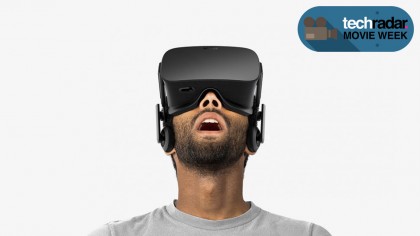
Introduction
Virtual reality may be the next frontier of filmmaking, thanks to 360-degree stereoscopic cameras and binaural audio used to achieve an immersive viewing experience. Unfortunately, most potential VR film buffs have limited opportunities to watch until later in the year and into 2016, when VR devices like Oculus Rift, HTC Vive and Project Morpheus become commercially available.
When you can find publicly accessible films, though, you can witness filmmakers' first experiments with an entirely new style of filmmaking. These VR directors must simulate dynamic camera movement without inducing motion sickness, tell a predetermined story while accommodating viewers' varied gazes and make the experience interactive without completely gamifying the VR film experience.
We've tracked down some of the most promising virtual reality films you can watch today with your smartphones using Google Cardboard or Gear VR. Take this opportunity to catch free glimpses of technological innovation combined with artistic vision.
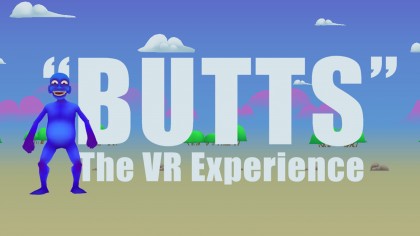
Butts
This gem was originally a plain, old 2-D short about a blue man and an orange man bonding by farting confetti into the air. Butts was converted into one of the first ever virtual reality films as a proof of concept for the hardware by Skillman & Hackett.
There's undoubtedly something hilarious about leaning forward directly into the colorful aliens' festive flatulence, but this is a clear example of a film that didn't really need to be in virtual reality. It doesn't attempt any technical innovation or encourage the viewer to look at his or her surroundings, and instead lets the story speak entirely for itself.
How to watch it now: You can download Butts to watch on your Oculus Rift via Oculus Share, or find it at the Kaleidoscope VR film festival in ten cities that started this week.
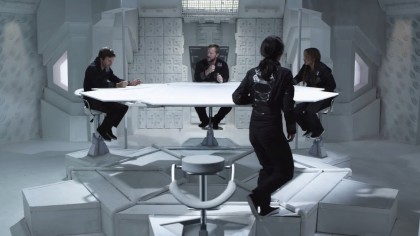
White Room: 02B3
In contrast to Butts' cartoonish simplicity, there's White Room: 02B3, a 2012 film recently converted into a VR app for your smartphones. White Room was ahead of its time as a 360-degree film meant for dome amphitheaters in which six people wake up trapped inside a circular room with one gun.
No single viewing experience of WR: 02B3 is the same. With your perspective locked in the center of the room, you can only focus on a handful of characters at a time. Do you focus on one person's traumatic experience, try to follow the most action-packed events or spread your gaze evenly?
The film's actors turn in compelling performances that make the film well worth watching and rewatching to enjoy the full experience.
How to watch it now: Download the app for $2.99 (£2.99, about AU$4.00) on iOS or Android and watch it with Cardboard or Gear VR, or use this locator to find your local dome theater for the originally intended viewing experience.
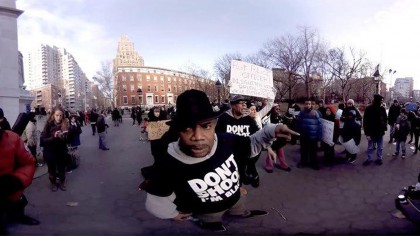
Vice News VR: Millions March NYC
Academy Award winning director Spike Jonze (recently most famous for Her) took a VR camera to the Millions March event last December to commemorate the experience of the Black Lives Matter movement in a visceral, first-person narrative.
Lasting less than 10 minutes, the film gives you a brief experience of actually being at the protest, seeing the anger and passion of the protestors for yourself rather than viewing the raw emotion through the lens of the media or artful editing based on the documentary's biases.
Imagine the opportunity to march alongside Martin Luther King, Jr. to Washington or witness the first hammer blows to the Berlin Wall. While that would require time travel, future generations could relive the most iconic or pivotal moments of our present, if journalists gain the foresight to preserve the experience in VR. By recreating the experience of physically being at these events, VR documentaries create empathy for the pain and passion of others that news reports and history books can't convey.
How to watch it now: The film can be downloaded on the Vrse app for iOS and Android and watched with Cardboard and Gear VR.
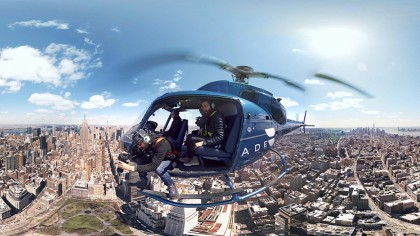
NYT Mag VR: Walking New York
This virtual-journalism film is a behind-the-scenes companion piece to the New York Times Magazine's acclaimed "Walking New York" cover. Filmed by TED Award winning artist JR, it shows dozens of artists painting a massive portrait on asphalt, with the 360-degree camera positioned in the center of the action.
Virtual tours of different famous locations are becoming extremely popular in VR, and this movie shows why. A major highlight of the film takes place when JR's camera crew rides the helicopter above for an aerial shot of his artwork and New York City, then zooms down to street level near the iconic Flatiron building.
As someone who lives in New York, I can honestly say the film makes you feel as though you are truly there, and I can't wait to see VR renditions of more exotic locales.
How to watch it now: You can also find this movie on the Vrse app for iOS and Android.
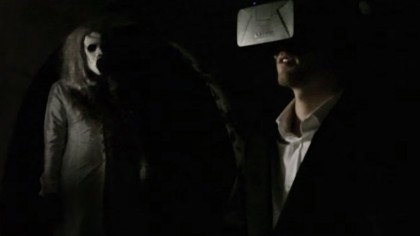
11:57
First-person horror video games are already scary enough when they make us believe a single wrong move will lead to our violent deaths. But in virtual reality films, it's the inability to do anything to escape the horror that's even more terrifying.
11:57 is a short film that "sets out to offer a 360-degree nightmare by making the spectator the main character of the film." In the film, you are strapped to a chair, and the nightmarish specters lurking in the darkness can come from any direction.
Co-director Henrik Leichsenring mentioned in an interview how 11:57 revealed the challenges of VR filmmaking, from directing a movie where there is no "behind the camera," to editing a movie that by design doesn't accommodate seamless cuts, to naturally guiding the viewer's gaze to "where they should be looking" for the main story. Considering how terrifying this film can be, he managed to overcome these challenges.
How to watch it now: You can find 11:57 on Oculus Share and Google Play.

Colosse
By default, traditional films draw the viewer's eyes to the main action of the screen, with small details and props on the periphery. But the creators of Colosse, a short film about a spearfisher startled by the appearance of a giant golem, rejected the idea that VR films should make the watcher look anywhere.
In this short animated film, the developers designed a "gaze-based narrative," where events revolve around and adapt to the area of the environment on which the viewer decides to focus. The equivalent of an open-world video game, this variant film style ensures that you enjoy the experience even if you don't follow the rules of the script.
Colosse proves that virtual reality films don't have to have completely linear narratives like traditional films; in fact, they shouldn't, or else VR's immersive setting is squandered.
How to watch it now: You can download the film on Oculus Share or find it at the Kaleidoscope festival.
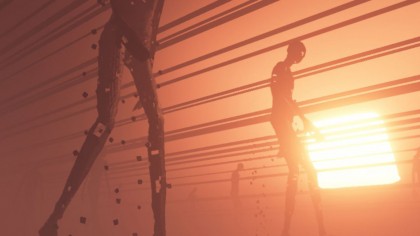
Surge
Staccato, synthetic beats manifest as flashing cubes in front of you. A rising stream of sound appears in your peripheral vision as a beautiful sunrise over the artificial landscape. As Surge's audio track begins in earnest, your gaze wanders from the vibrating bass of the quaking floor to the bizarre melody of shifting cube blocks to the aurora borealis harmony.
Surge continues in the vein of Colosse as an open-world music video, in which no one part of the screen demands your complete attention, encouraging exploration of the virtual landscape. The crescendo of a break-dancing mass of cubes slamming itself into pieces and rebuilding itself to the rhythm of the synthetic track is an amazing treat to experience in VR.
The film shows the potential of VR to create a powerful experience without the need for story, as well as the importance of the tech's surround sound to truly sell the experience.
How to watch it now: Also found on Oculus Share and at Kaleidoscope.

From Nothing
Taking inspiration from the iconic Inception scene where actress Ellen Page's dream architect folds buildings into one another at will, Julius Horsthuis's cyberpunk-themed music video creates stereoscopic fractals that appear "from nothing" into gorgeous shapes and patterns.
Accompanied by a suitably mysterious original score by Christopher Libertino, From Nothing is a masterful piece of graphic design that truly feels dreamlike in its endless scope, and unsurprisingly is one of the highest rated programs by Oculus users.
How to watch it now: Download the film using Vrideo or Oculus Share for your Oculus or Gear VR.
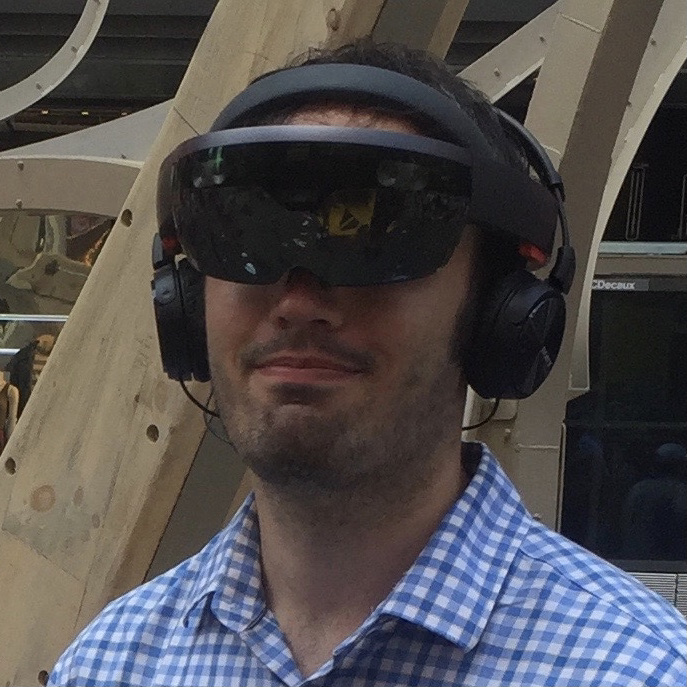
Michael Hicks began his freelance writing career with TechRadar in 2016, covering emerging tech like VR and self-driving cars. Nowadays, he works as a staff editor for Android Central, but still writes occasional TR reviews, how-tos and explainers on phones, tablets, smart home devices, and other tech.